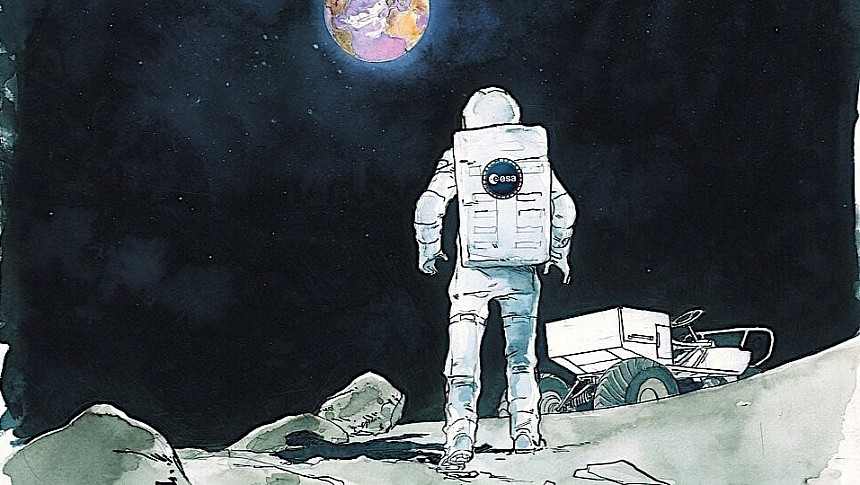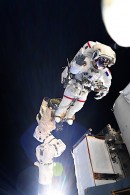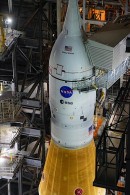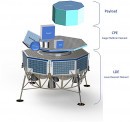The past few years have proven that humanity can't have a successful plan for the colonization of space without the resources provided by the private sector. Not only did the world's space agencies seem to have come to terms with that, but they are now relying heavily on private companies to advance their own agendas.
Take the European Space Agency, for instance. ESA made public not long ago a plan it calls Terrae Novae, outlining its goals in space as we move into the 2030s.
The plan initially had just three main goals: ensure Europeans are still present in Earth's low orbit both while the International Space Station is up there and after it's gone, send one of their own to the Moon (probably as part of a future Artemis mission), and take part in the first crewed mission to Mars.
This week we've learned of a new component of the Terrae Novae, one that has ESA backing private space projects that may benefit the goals mentioned above.
More to the point, ESA announced the start of a massive quest for small space missions targeting the Moon, devised and executed by individual companies or research institutions. They can take pretty much all forms of present-day space missions, from satellites and orbiters to landers and rovers.
To qualify for the quest and be backed by ESA, all ideas will have to meet just a handful of criteria, the most important being related to scope and cost. What that means is that each of the submitted ideas will have to be doable within a 50 million euros ($53 million) budget and go from development to launch in just 4.5 years.
To make sure companies stay within budget and timeframe, the space agency is willing to offer the Ariane 6 as a launch platform, but also the upcoming Moonlight program for lunar communications and navigation services.
Moreover, any company submitting an idea should be capable of seeing it through, meaning they not only have to come up with the designs, but they'll also have to be capable of making it happen.
ESA will share more details on what it needs and what it offers on October 5. It will accept ideas from now until December 14. Entries will be evaluated at the start of next year, while feasibility studies for the ones accepted will begin in the second part of 2024.
At the end of it all the Europeans are hoping they'll be left with thoughts on how to close the technology gaps between what they plan and what they actually can do. We can only wish them luck, as without them there would be no Artemis Moon exploration program, and there would probably be no mission to Mars.
The plan initially had just three main goals: ensure Europeans are still present in Earth's low orbit both while the International Space Station is up there and after it's gone, send one of their own to the Moon (probably as part of a future Artemis mission), and take part in the first crewed mission to Mars.
This week we've learned of a new component of the Terrae Novae, one that has ESA backing private space projects that may benefit the goals mentioned above.
More to the point, ESA announced the start of a massive quest for small space missions targeting the Moon, devised and executed by individual companies or research institutions. They can take pretty much all forms of present-day space missions, from satellites and orbiters to landers and rovers.
To qualify for the quest and be backed by ESA, all ideas will have to meet just a handful of criteria, the most important being related to scope and cost. What that means is that each of the submitted ideas will have to be doable within a 50 million euros ($53 million) budget and go from development to launch in just 4.5 years.
To make sure companies stay within budget and timeframe, the space agency is willing to offer the Ariane 6 as a launch platform, but also the upcoming Moonlight program for lunar communications and navigation services.
Moreover, any company submitting an idea should be capable of seeing it through, meaning they not only have to come up with the designs, but they'll also have to be capable of making it happen.
ESA will share more details on what it needs and what it offers on October 5. It will accept ideas from now until December 14. Entries will be evaluated at the start of next year, while feasibility studies for the ones accepted will begin in the second part of 2024.
At the end of it all the Europeans are hoping they'll be left with thoughts on how to close the technology gaps between what they plan and what they actually can do. We can only wish them luck, as without them there would be no Artemis Moon exploration program, and there would probably be no mission to Mars.











